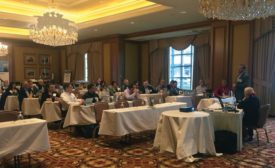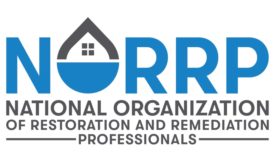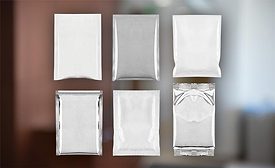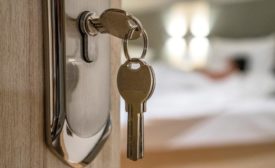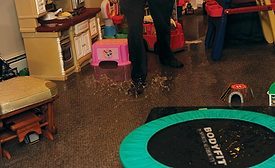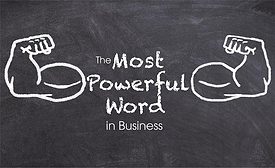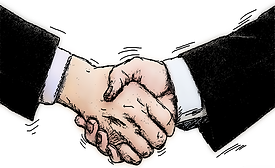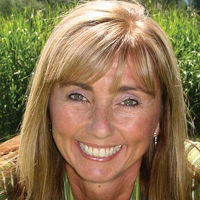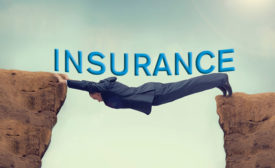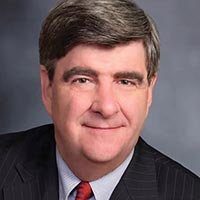Home » restoration contractors
Articles Tagged with ''restoration contractors''
Cross Examination: Accelerating Collections with Mechanic's Liens
Powerful, but dangerous weapons.
Read More
Cross Examination: Restorers in Danger from Bad Legislation
A special body of law must be enacted to address the unique circumstances encountered by the emergency service industry.
December 13, 2017
Ask Annissa: Doing Restoration Work on a Handshake...WHAT?! (with video)
Are you willing to walk away from jobs that don't feel right?
Read More
Part Two: Fixing Gaps in Your Liability Insurance Policies
9 out of 10 restoration companies have policies with a fatal flaw
Read More
Stay ahead of the curve with our eNewsletters.
Get the latest industry updates tailored your way.
JOIN TODAY!Copyright ©2024. All Rights Reserved BNP Media.
Design, CMS, Hosting & Web Development :: ePublishing
